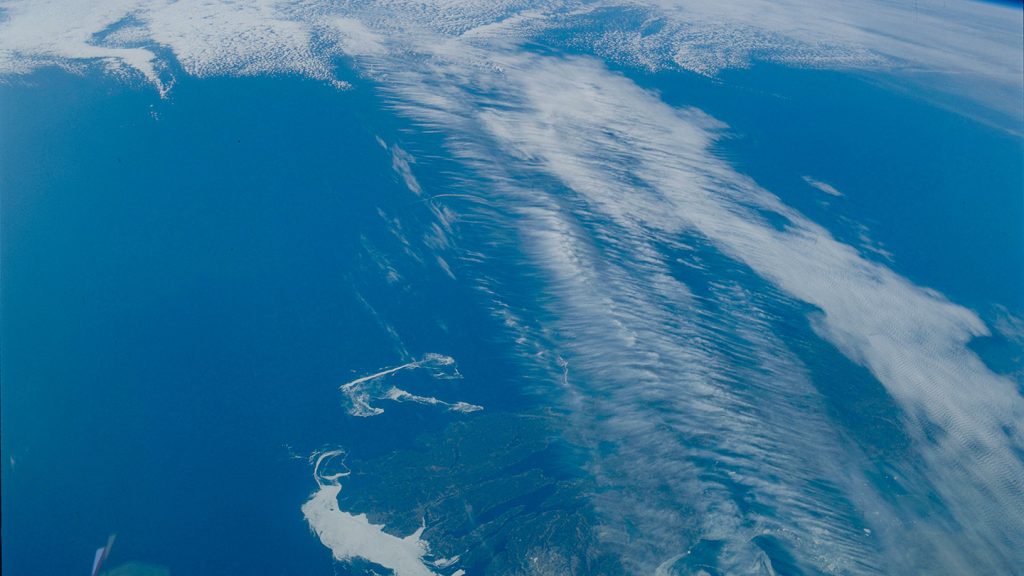Scientists have discovered a new source of cloud seeds by analyzing stratospheric air intrusions into the troposphere. This process creates a fertile environment where aerosol particles can form, potentially making it the most productive place for particle formation on Earth. Turbulence in the atmosphere caused by the jet stream can lead to mixing of the two layers, generating a variety of tiny particles, including cloud-seeding sulfate. Stratospheric air has a different chemical makeup compared to the troposphere, leading to unique chemical reactions that produce new particles.
While previous research focused on cloud outflow regions for new particle formation, the study suggests that the stratospheric air intrusions may be more productive in generating particles. The reaction between the cold, ozone-rich stratosphere and the warm, moist troposphere, catalyzed by sunlight and water vapor, creates highly reactive molecules that interact with other gases in the atmosphere. This mechanism of particle formation, driven by intricate chemical reactions, could have a significant impact on Earth’s atmospheric composition and climate.
The team’s analysis indicates that stratospheric air intrusions are a substantial source of new particles, particularly in midlatitude regions, compared to cloud outflow events. Climate change is expected to intensify stratospheric circulation, potentially increasing the frequency of stratospheric air intrusions in the future. This suggests that this mechanism of particle formation may play an increasingly important role in Earth’s atmospheric processes, affecting how solar radiation is distributed and impacting the planet’s energy balance.
The discovery of this previously overlooked source of new particle formation highlights the complexity of atmospheric processes and the need for further research to understand the detailed mechanisms involved. The ubiquity and frequency of stratospheric air intrusions in the atmosphere provide valuable insights into how aerosols are generated and distributed in the Earth’s atmosphere. This mechanism, not yet included in current Earth system models, could have substantial implications for climate models and our understanding of how particles affect Earth’s energy balance.
The findings from this study shed light on a critical aspect of cloud seeding and particle formation in the atmosphere, revealing the significance of stratospheric air intrusions in generating new particles. The intricate chemical reactions occurring in regions where the stratosphere and troposphere mix create a variety of molecules and particles that contribute to Earth’s atmospheric composition. Understanding these processes is essential for improving climate models and predicting future changes in Earth’s atmosphere and climate dynamics.


